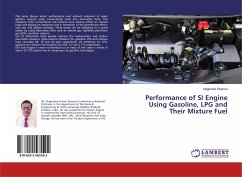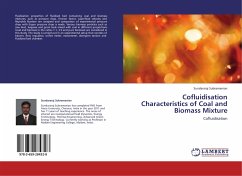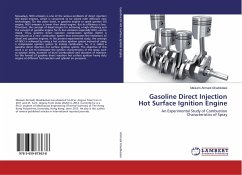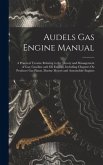Rickshaws are seen as unstable and liable to cause accidents due a bump in the road, or overly rapid speeds caused by the drivers. Also, the lack of doors means that the occupants could be thrown onto the road, with the potential for serious injury, even at low speed.Generally, the two stroke gasoline engine driven vehicles are major source of air pollution by their thick smoky emissions. Two immediate simple solution proposals which include use of correct mixture of lubricant oil to fuel and regular vehicle preventive and corrective maintenance will improve air quality and increase the operation life of the vehicles.A Bajaj rickshaw vehicle was tested under variable loads and five different oil-fuel mixture ratios ranging between 2% and 12.5%. Three readings of each experiment were taken and average values were extracted.It was found that oil-fuel mixture ratios which lie between 2% and 5% are the most suitable ratios that could be used. These ratios are recommended to be used because they give the vehicle's engine higher acceleration, longer operation period life, diverge the overhaul maintenance period intervals, and that they cause less impact to the surrounding environment.
Hinweis: Dieser Artikel kann nur an eine deutsche Lieferadresse ausgeliefert werden.
Hinweis: Dieser Artikel kann nur an eine deutsche Lieferadresse ausgeliefert werden.








